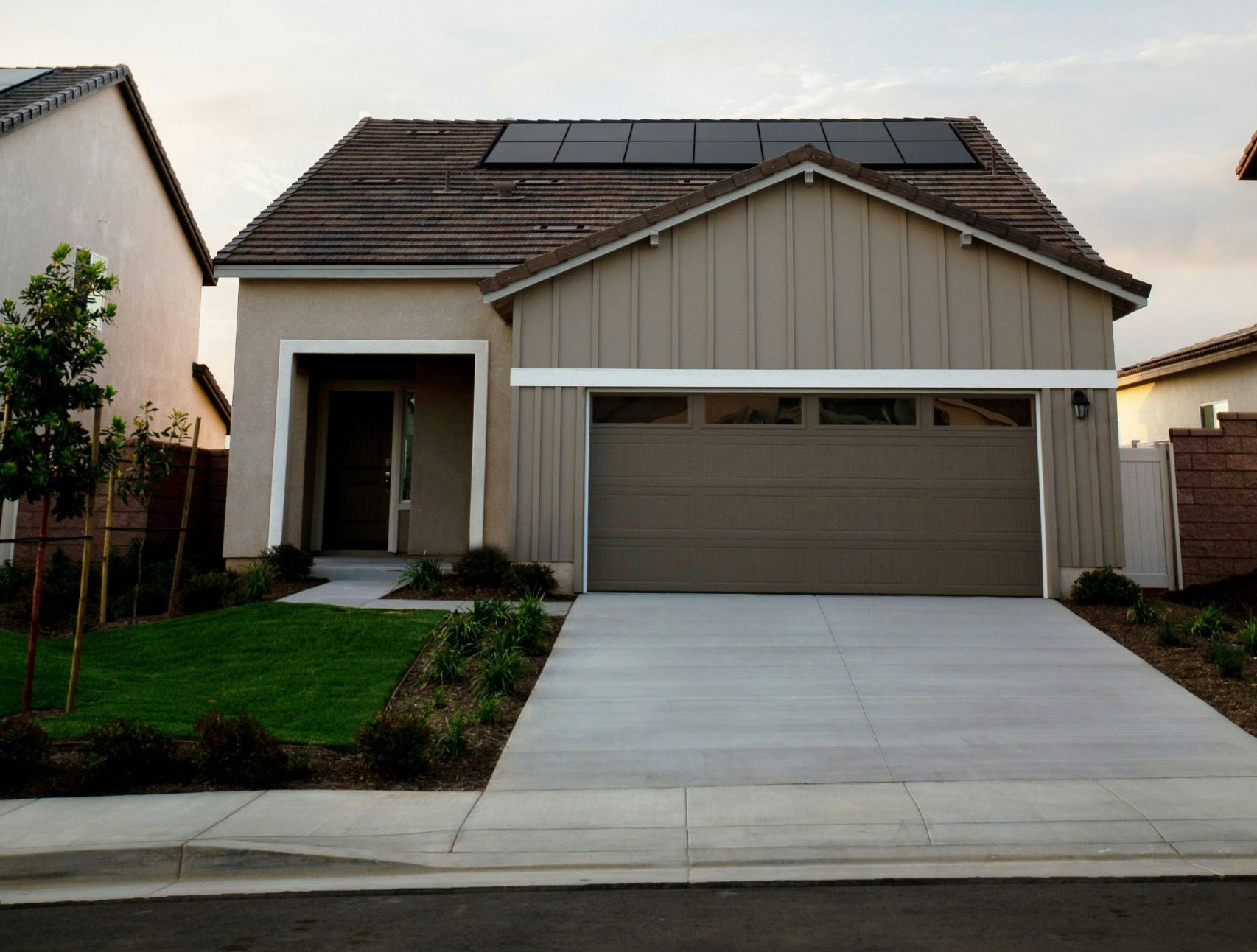In the heart of Canada, where the prairies meet the sky, Saskatchewan residents are increasingly turning their attention to eco-friendly homes. This movement towards sustainability is driven by a desire to reduce environmental impact and embrace a healthier, more cost-effective lifestyle. Whether you’re considering purchasing a green home or converting your current property, understanding the benefits and processes involved is key.
Benefits of Eco-Friendly Homes
1. Energy Efficiency: Eco-friendly homes are designed to consume less energy through high-efficiency windows, better insulation, and smart home technologies. This not only helps the environment but also significantly reduces utility bills.
2. Enhanced Indoor Air Quality: Green homes often incorporate materials that are low in volatile organic compounds (VOCs) and other pollutants. This can lead to better indoor air quality, which is beneficial for those suffering from allergies or respiratory issues.
3. Increased Property Value: As demand for sustainable living increases, green homes tend to have a higher resale value. In Saskatchewan, where awareness of sustainability is growing, this trend is particularly evident.
4. Reduced Environmental Impact: By utilizing renewable materials and energy sources, such as solar panels or geothermal systems, eco-friendly homes help reduce your carbon footprint, an important consideration in a province known for its natural beauty.
The Buying Process
1. Research: Start by researching homes that boast eco-friendly certifications like LEED (Leadership in Energy and Environmental Design) or ENERGY STAR. In Saskatchewan, these certifications ensure that the property meets stringent sustainability standards.
2. Financing: Look into special mortgages or grants available for purchasing eco-friendly homes. Programs such as the Canada Greener Homes Grant can provide financial support for both buying and renovating green homes.
3. Inspection: Consider hiring an inspector with experience in eco-friendly properties. They can assess the efficiency of systems like HVAC, plumbing, and electrical against green standards.
4. Location: Choosing a location that supports a sustainable lifestyle is also crucial. Proximity to public transport, local amenities, and even the home’s orientation can impact its environmental footprint.
Converting Your Current Home
1. Energy Audit: Begin with a professional energy audit to identify where improvements can be made. This audit will highlight how you can enhance your home’s energy efficiency.
2. Retrofitting: Key areas to focus on include insulation, windows, and heating systems. In Saskatchewan’s climate, ensuring that your home is well-insulated is essential for managing heating costs.
3. Renewable Energy Sources: Consider installing solar panels or investing in wind power solutions, especially in rural areas where these technologies can be more easily accommodated.
4. Water Conservation: Implement low-flow fixtures and consider rainwater harvesting systems to reduce your water usage.
For those living in Saskatchewan, transitioning to an eco-friendly home is not just a personal investment but a commitment to preserving the stunning natural landscape for future generations. By making the shift to an eco-friendly home, you are not only investing in your health and savings but also contributing to a sustainable future for all.

 Facebook
Facebook
 X
X
 Pinterest
Pinterest
 Copy Link
Copy Link
